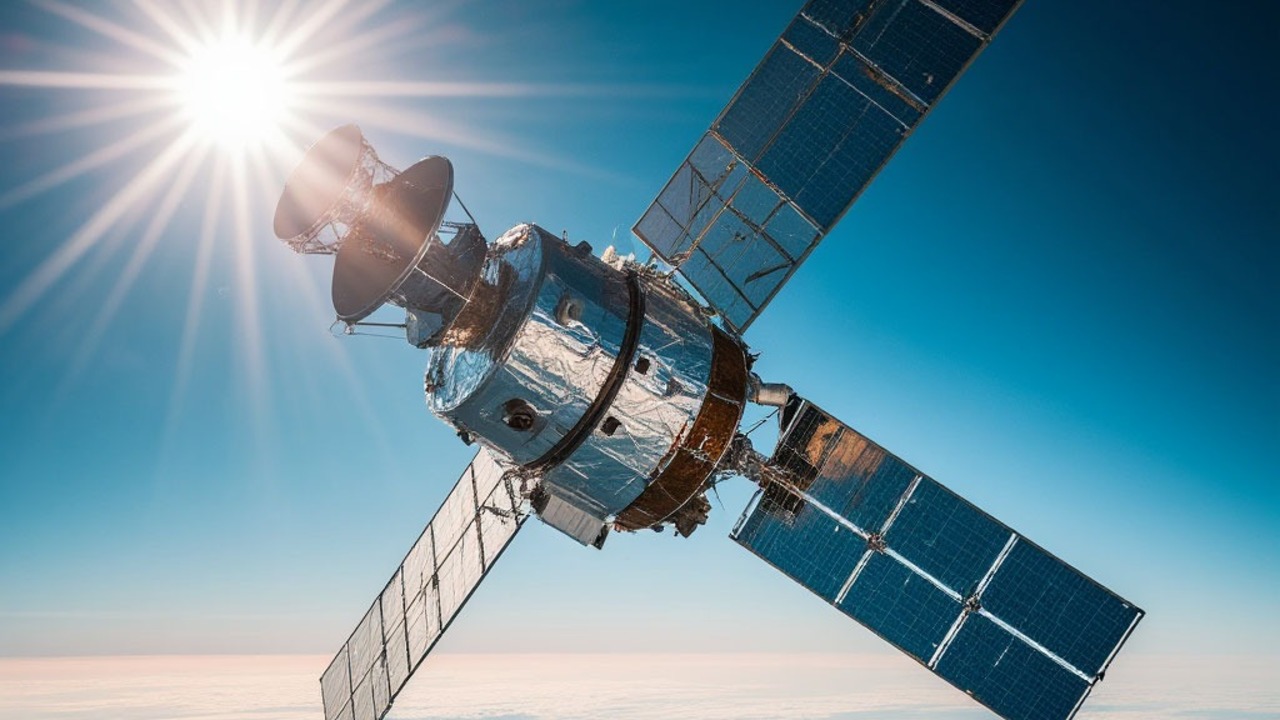In July 2022, a group of amateur astronomers discovered a new object from a remote observatory in the Hakos Mountains in Namibia. At first, they doubted whether it was some kind of space debris or whether it was natural: maybe asteroid Or a piece of the moon.
“Its Earth-like orbit and orbital evolution suggest that it may be artificial, launched from our planet decades ago, or a fragment of the Moon,” the International Astronomical Union published in its Minor Planet Electronic Circulars (MPEC) . already officially appears under the name 2022 HX1.
The following month, on August 6, astronomers from the Complutense University of Madrid (UCM) and the Institute of Astrophysics of the Canary Islands (IAC) observed the object using OSIRIS. A spectrograph and image generator installed at the Gran Telescopio Canaria on the island of La Palma.
The results are now published in the journal Astronomy and astrophysics, confirm that this is an asteroid with surface characteristics incompatible with material of lunar origin. He albedo (reflected radiation) subtracted from its range indicates that its size is between 5 and 15 meters, and in terms of its composition, it can be either rocky or with a higher metal content.
This is a mini moon that will accompany us for decades
“2022 HX1 follows co-orbital motion with our planet, that is, they together complete a revolution around the Sun in 365 days, traveling at the same speed, ”he explains SYNCHRONIZATION first author, Raul de la Fuente Marcosfrom UKM. “But in general, it does not revolve around our planet, like the Moon, but moves along horseshoe path“.
This mini-moon follows a strange horseshoe-shaped path in the same orbit as the Earth, which temporarily captured it in 1981 and 2022 and will do so again in 2051.
There are dozens near-Earth objects (NEO, according to the English abbreviation) that come and go, drawing this strange horseshoe in the same orbit as our planet. When approaching it, they usually turn around, but from time to time, some of them are temporarily captured by its gravity and become mini-moons.
Three have been known so far: 2006 RH120 and CDs 20203, which have already made several revolutions around our planet, and 1991 VG, which did this only partially. It doesn’t go full circle. In the case of the fourth mini-moon, 2022 NX1the same thing happens, and it passes only one arc of its orbit around the Earth.
negative gravitational energy
“Within a few weeks, the gravitational energy in relation to the Earth, when approaching it, takes on a negative value. With a very low speed by astronomical standards (about 1 km / s or 3600 km / h) and becomes temporarily on your satellite“, points out De la Fuente Marcos, “but it does not make a complete revolution, like the Moon, but only an arc of the orbit.”
2022 NX1 has a certain chance of hitting Earth after 2075, but it’s smaller than the asteroid that gave rise to the Chelyabinsk superbolide, so the consequences of a possible collision would be minimal.
Raul de la Fuente Marcos (UCM)
The authors’ calculations show that 2022 NX1 experienced such a temporary takeover by our planet in 1981there was another one in 2022 – when astronomers discovered it and took the opportunity to study it – and its duration will be a third longer in a year 2051. Later, from the mid-1970s. may faceaccording to research.
“As a result of a close approach at the end of the same year or at the beginning of 2052, its subsequent trajectory may be changed in such a way that it will have a certain probability of impact with the Earth. as of December 2075“, – warns De la Fuente Marcos, although he reassures: “Its size is smaller than that of the asteroid that spawned the Chelyabinsk superbolide on this Russian city in 2013, so the consequences of a possible impact will be minimal.”
This article was first published on SYNCHRONIZATION

Source: Hiper Textual













